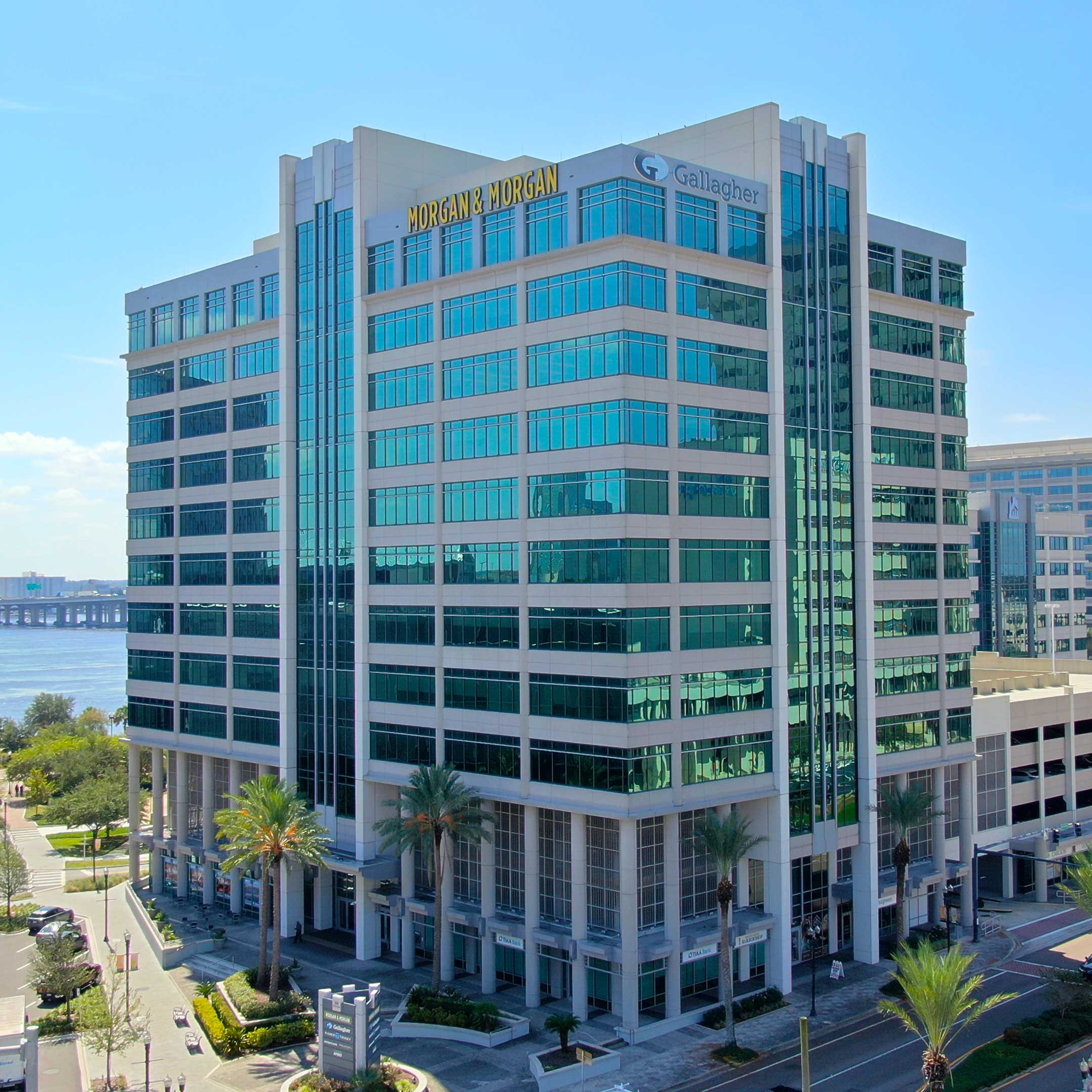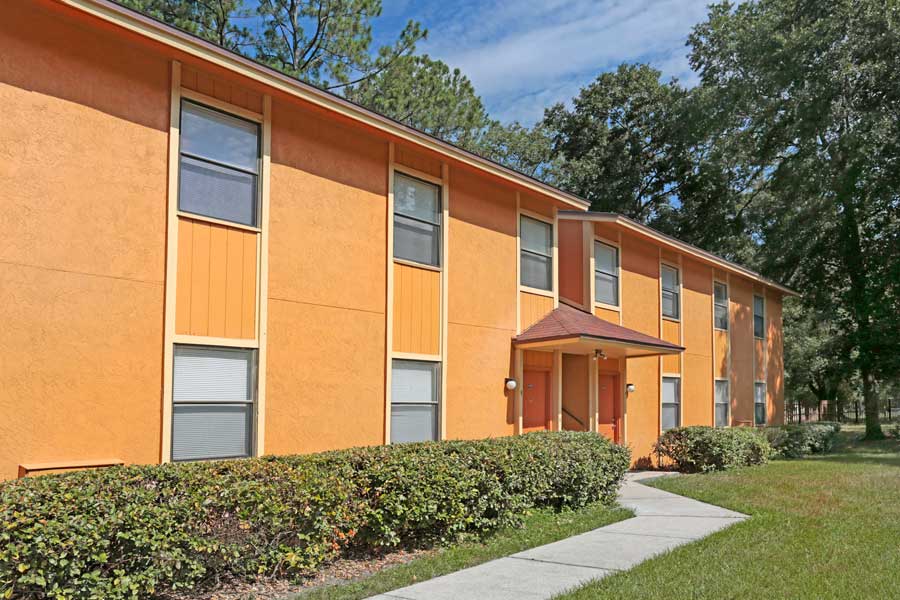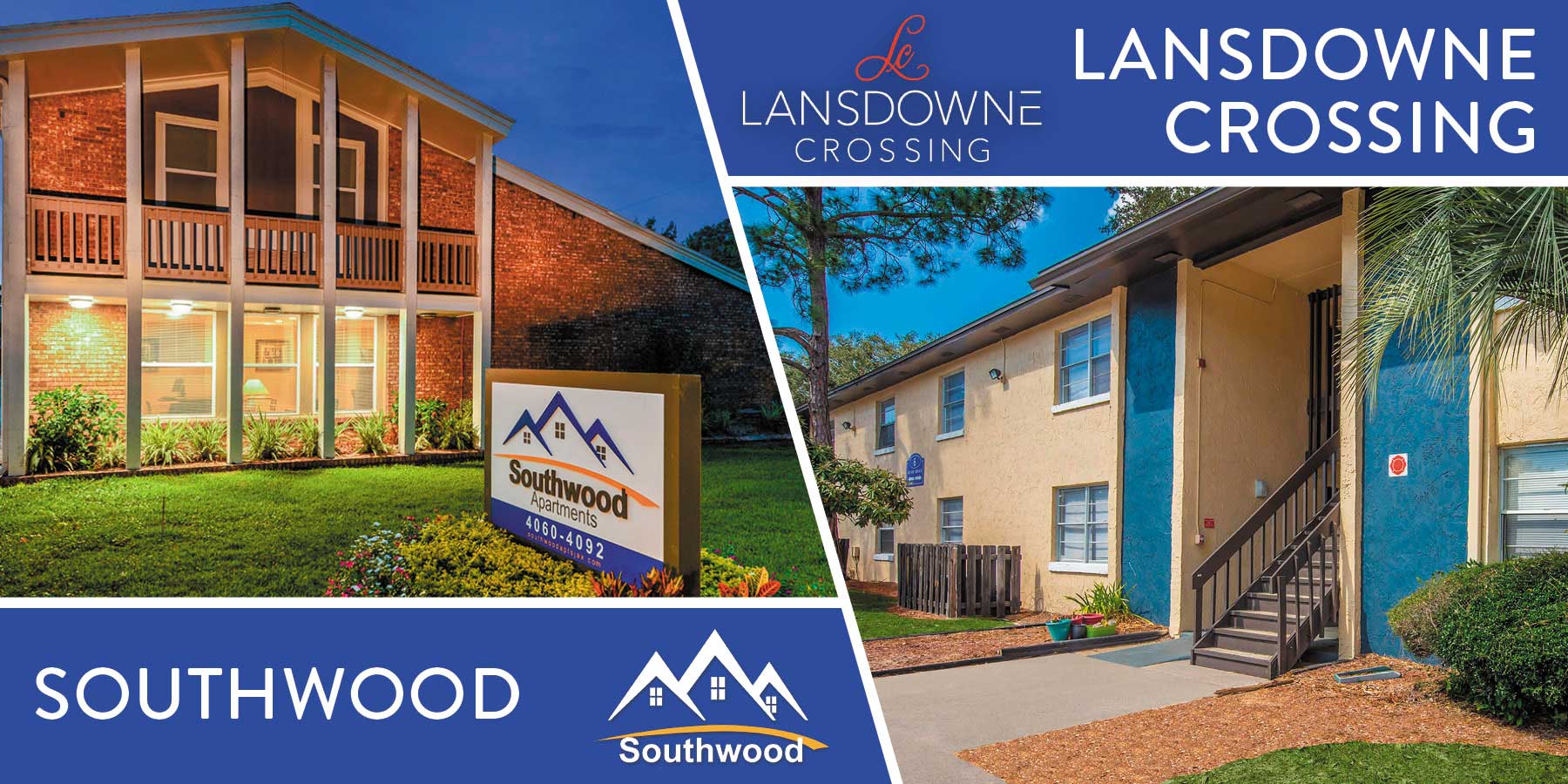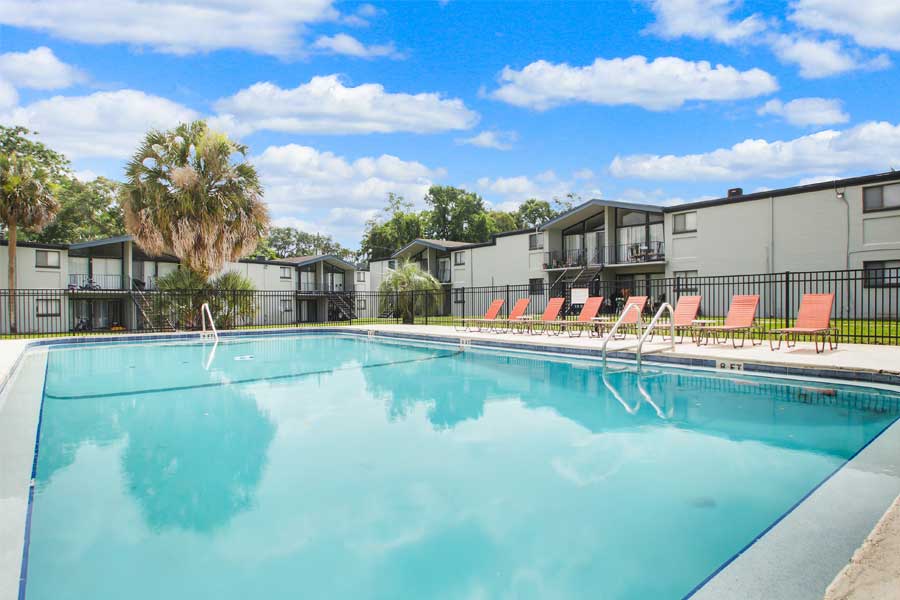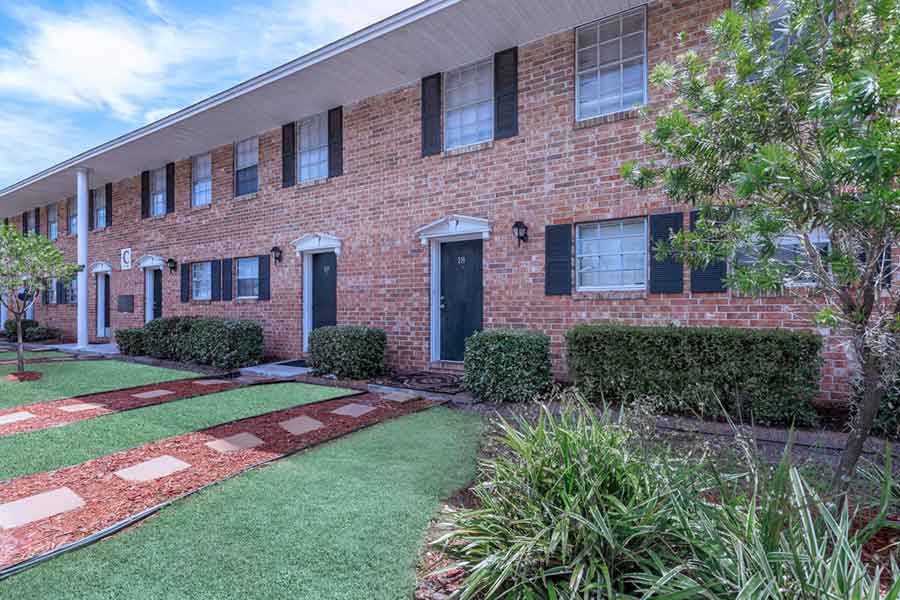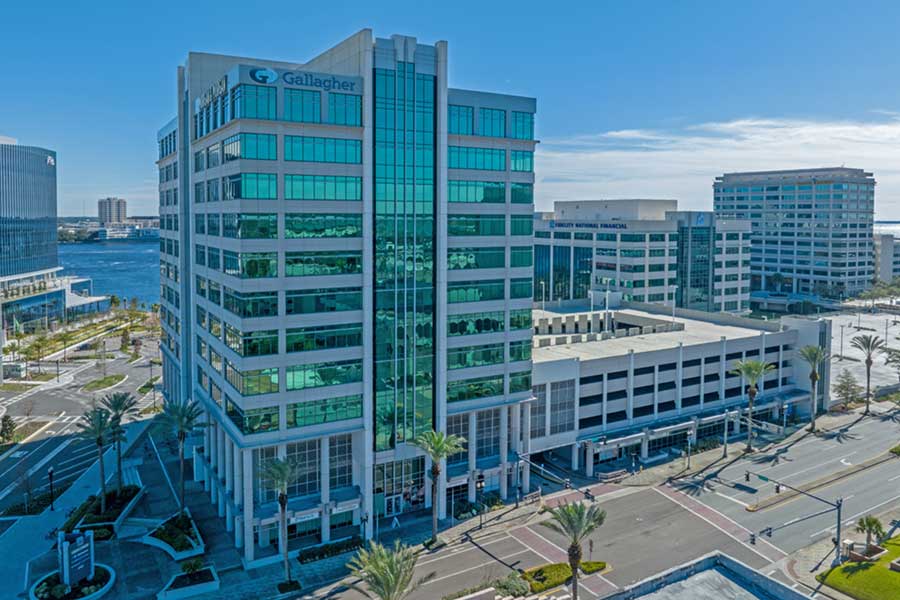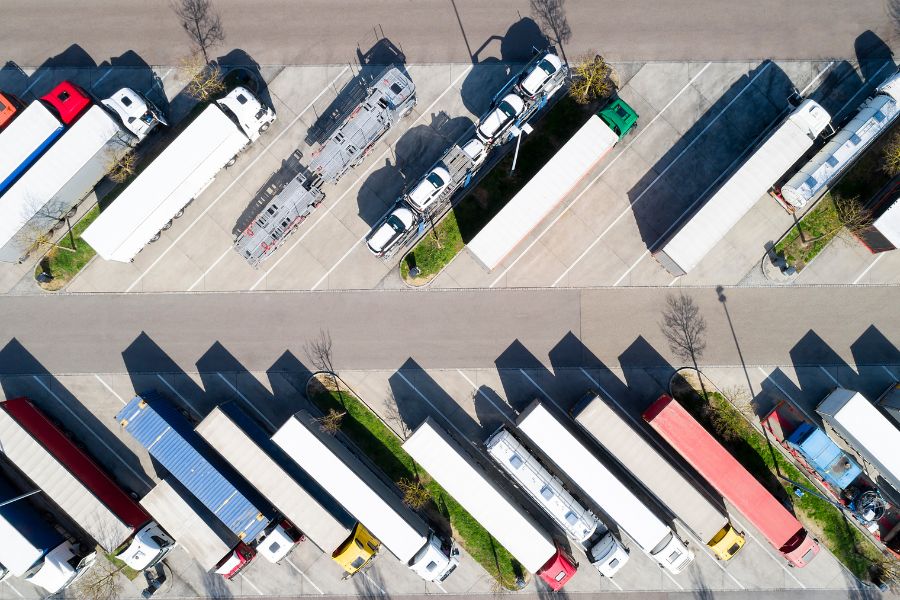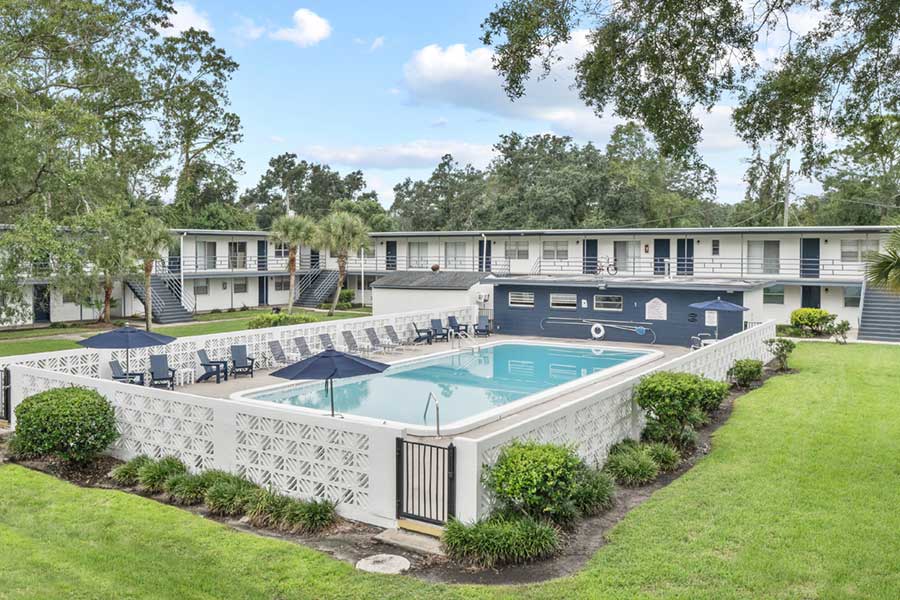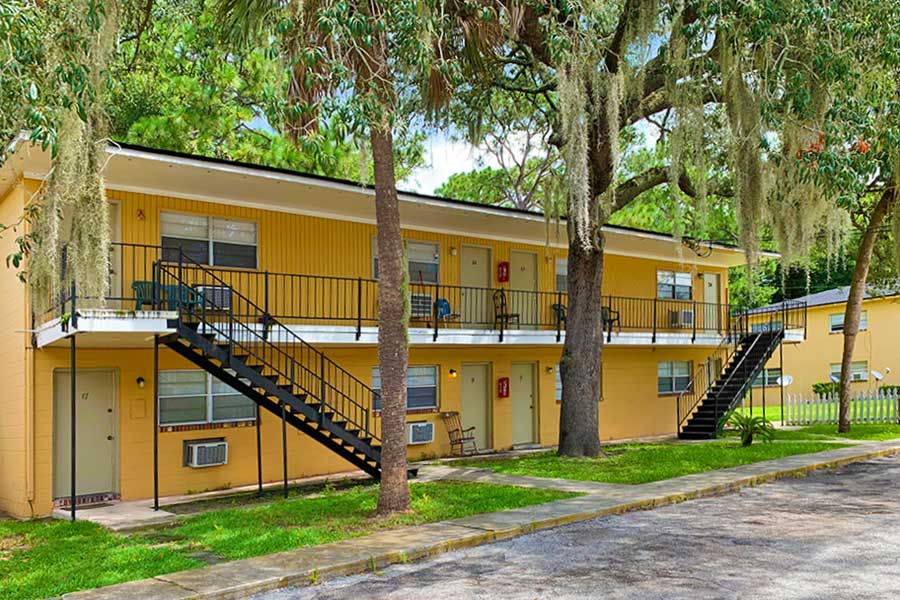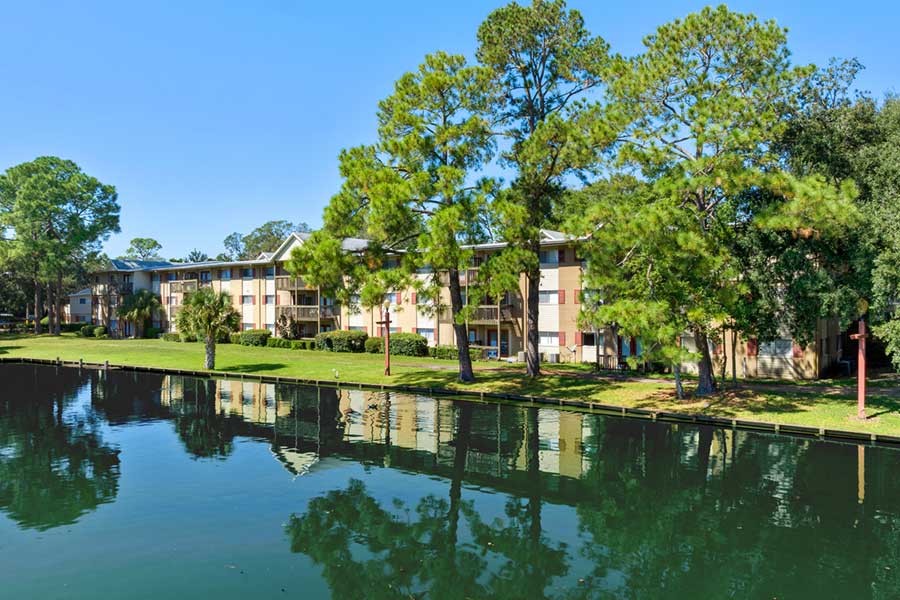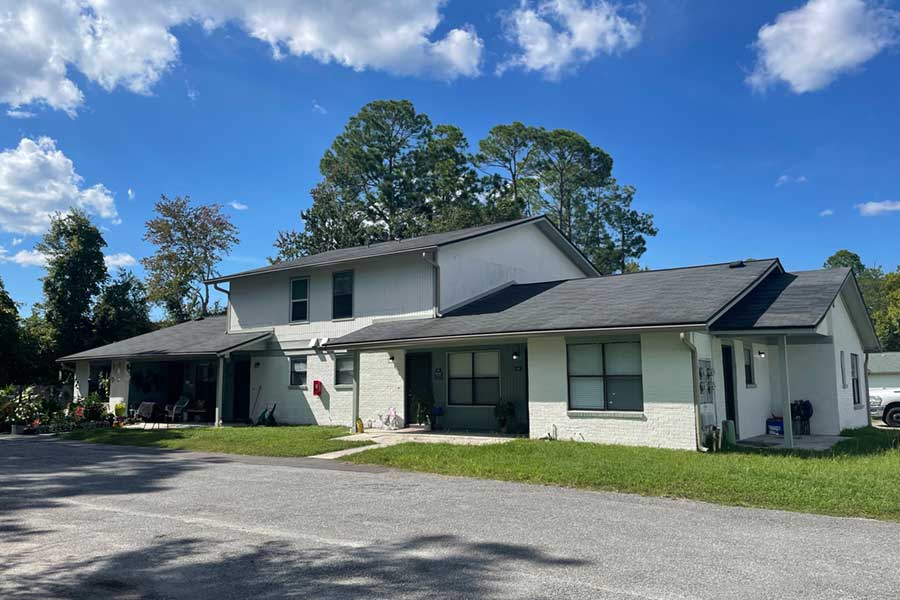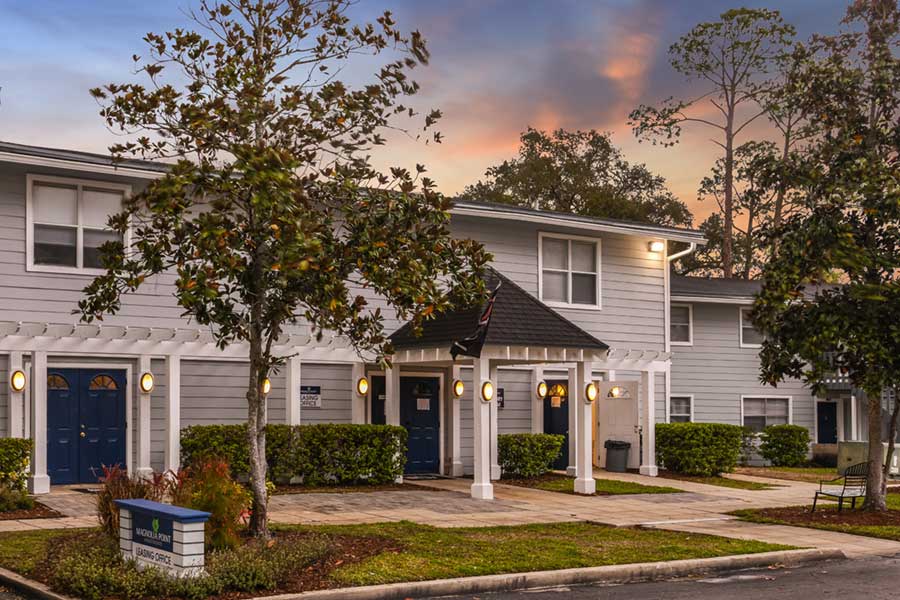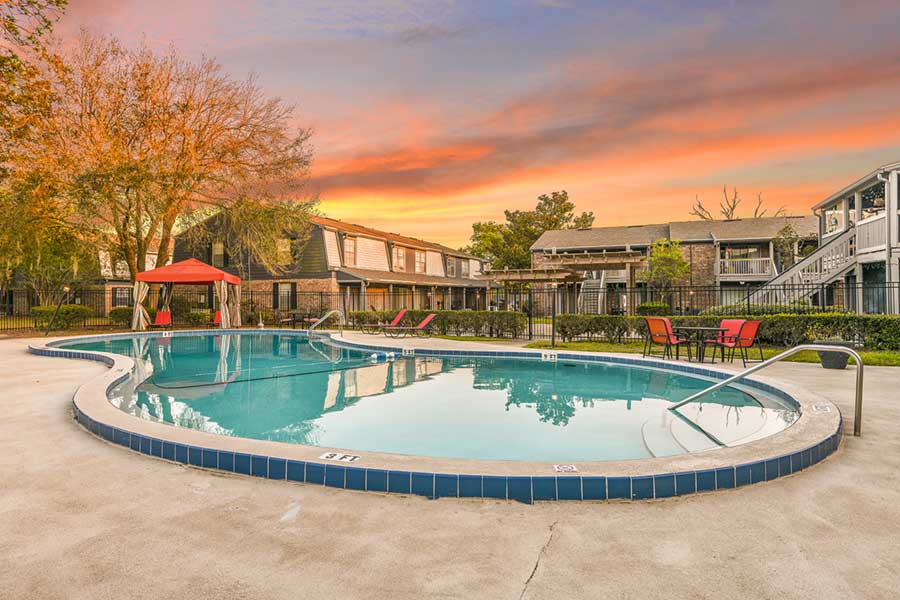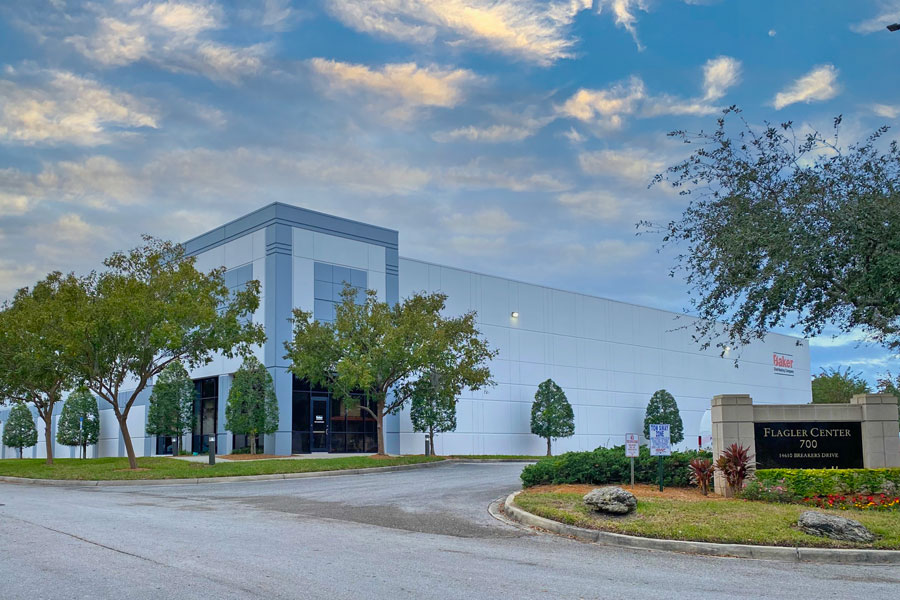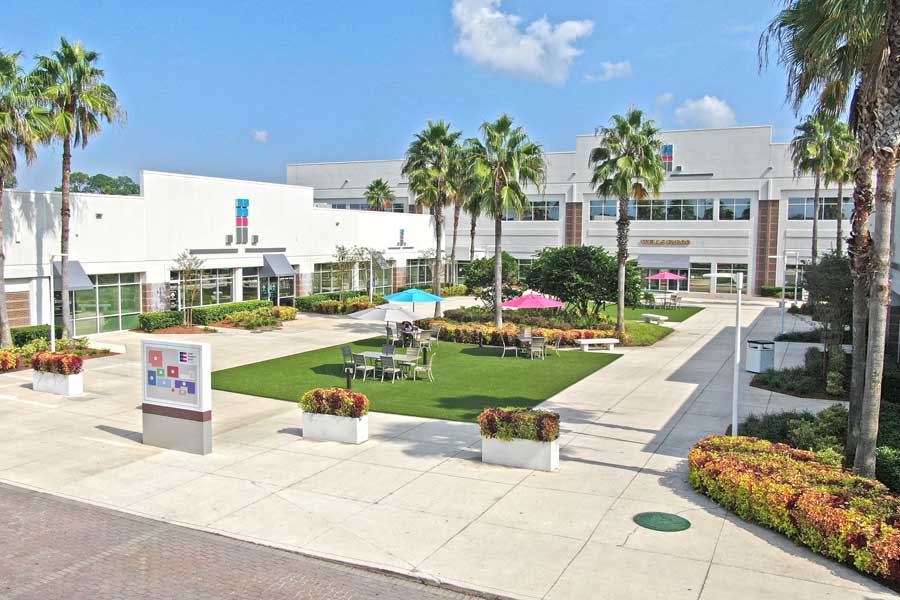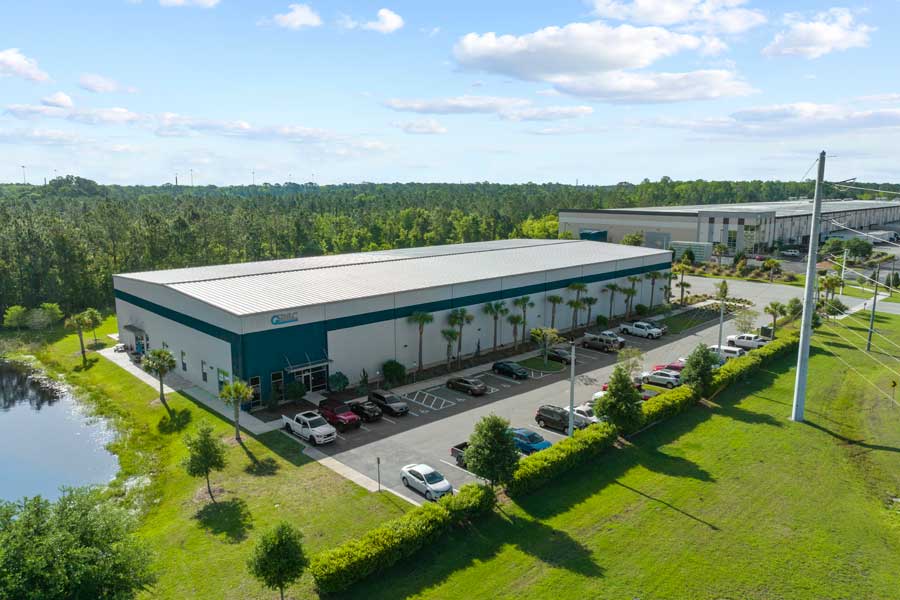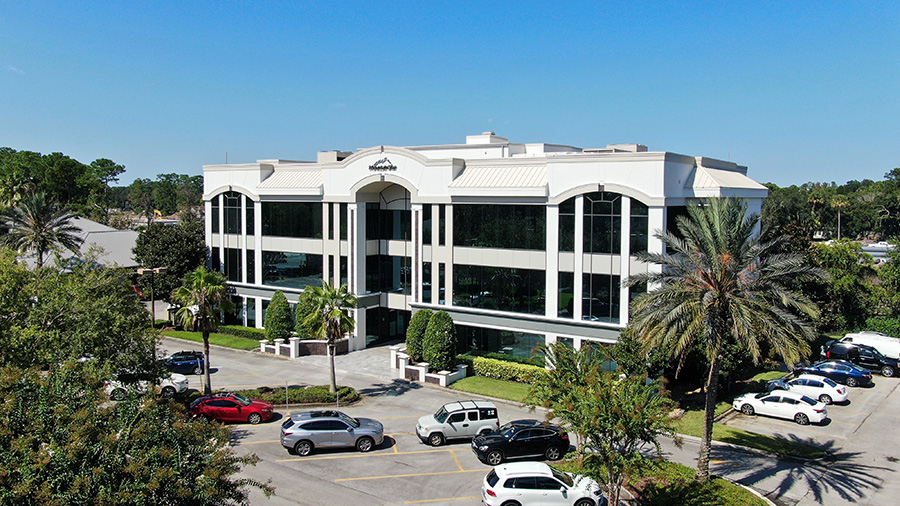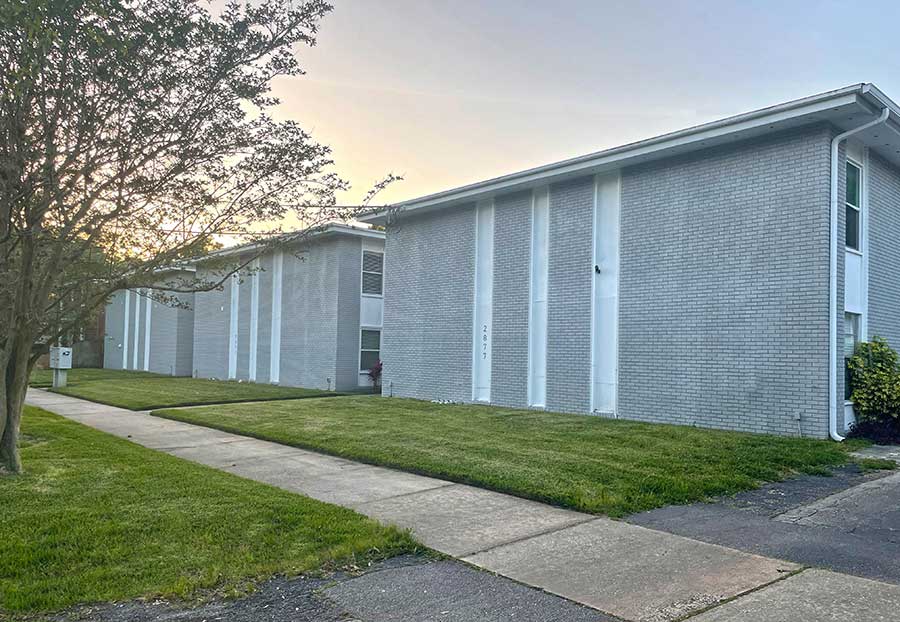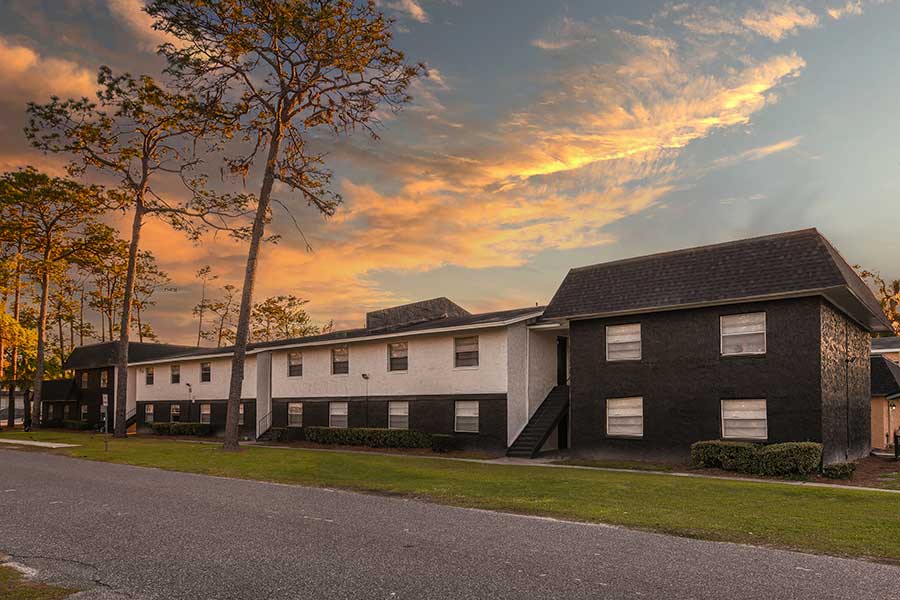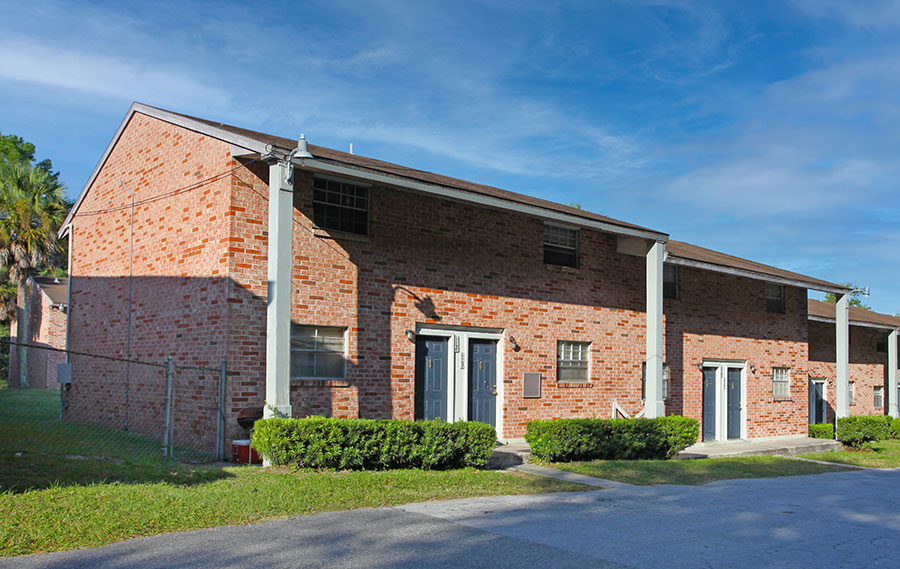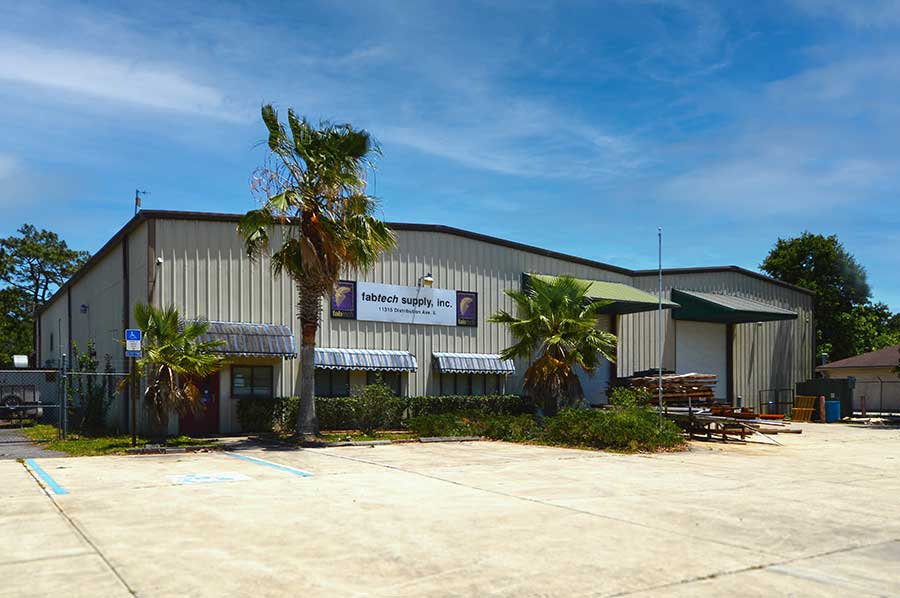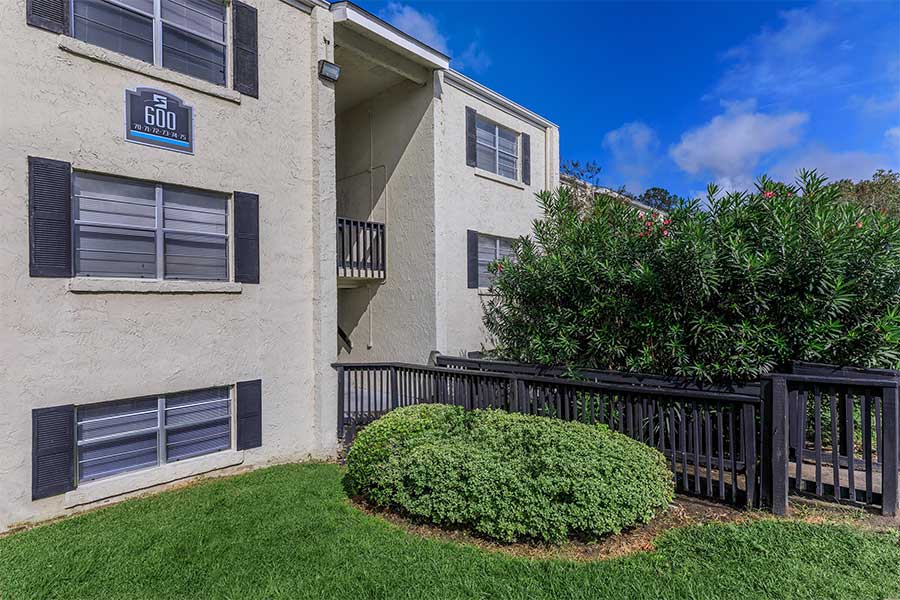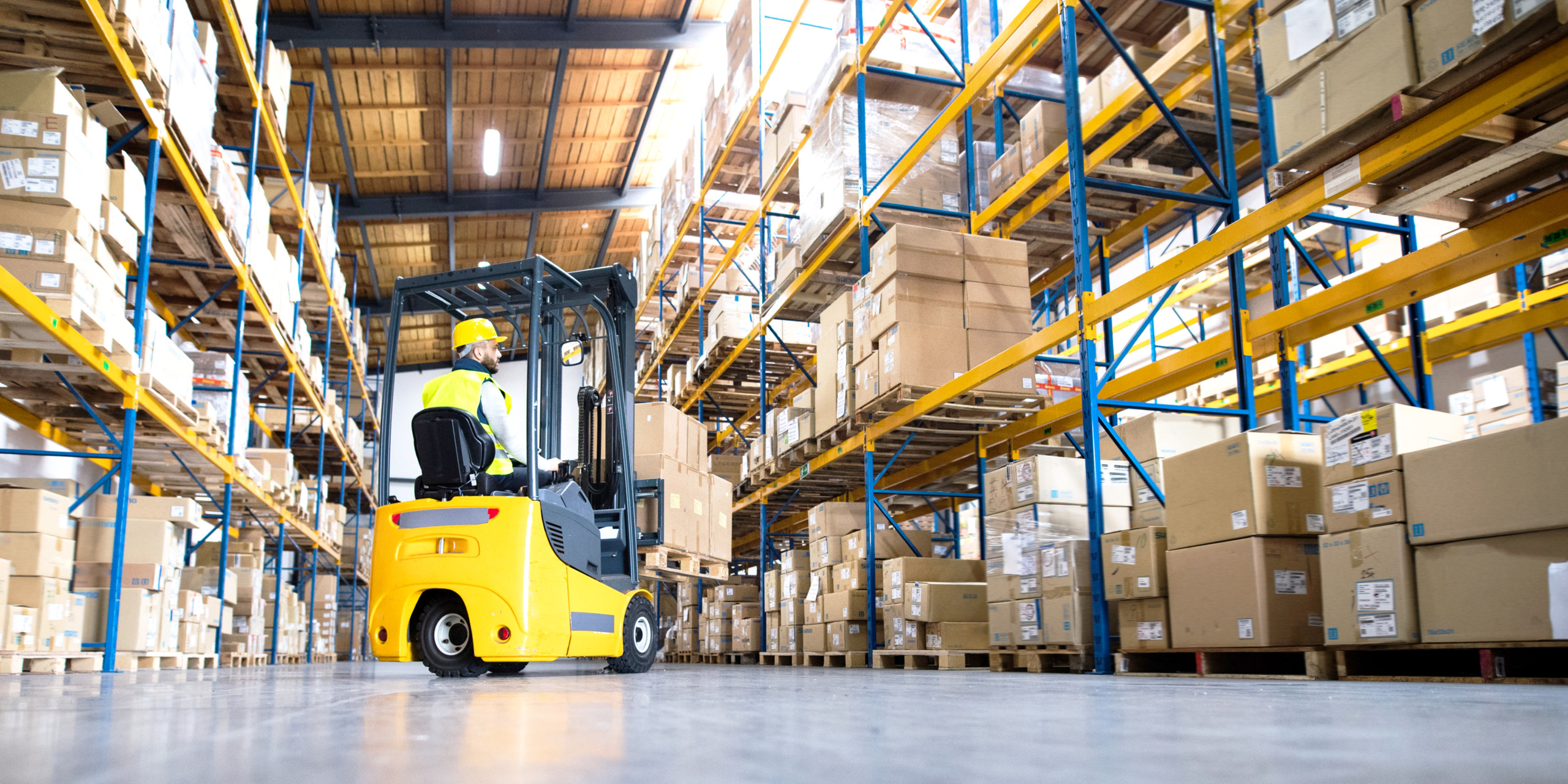
As 2020 continues to roll on, we can’t help but think that now is a great time to get a closer look at the design trends of the commercial real estate industry, specifically for the industrial sector. We’ve met with other experts in the industry, as well as researchers to help reveal some of the major design trends that are expected to dominate the industrial landscape in 2020 and beyond. Here’s what we found out.
There will continue to be a needed increase in industrial inventory space.
Today’s world is pushing the boundaries on all fronts. Industries are blending, tenant demands are overlapping, and it seems like nearly every aspect of business is becoming less rigid than ever before.
As the walls continue to come down, the only thing that’s looking solid is flexibility.
The capacity for change and development are basic requirements for the entirety of commercial real estate. Whether it’s interior designs or technical integrations, today’s industry needs to keep an open mind or risk being perceived as outdated and thus being outdone by flexible competitors.
When establishing long term goals, make sure to account for the integration of flexible spaces.
Industrial inventory is looking up — literally.
While the demand for industrial space continues to rise, it’s obvious that the supply of available land to build the necessary holding space has not. And as the available unique parcels of land that will work for industrial space continue not only to shrink, but to also get more expensive, architects have had to get creative in their designs. But just what does this look like?
Today, architects are designing industrial space vertically, in order to increase overall square footage without having to increase the physical footprint. From what we can tell, this particular trend isn’t going away anytime soon.
The popularity of shallow-bay buildings will continue to grow.
Thanks to e-commerce, there are new types of multi-tenant buildings that have increased in popularity in the industrial sector. Known as “shallow-bay buildings,” these fulfillment centers are simply more compact, build for fast (often two days) delivery. This new type of building allows for accommodation of smaller importers, leading to new players in the game.
What’s more, with the demand for faster shipping, industrial buildings must now be closer to the end user than ever before — and require different infrastructure, such as bigger parking lots to help accommodate more employees. This is another trend that shows no signs of slowing down, and will likely continue to increase throughout the United States as well as the rest of the world.
New trends in e-commerce will help encourage consolidated services with physical retailers.
Despite a number of industrial trends, including shallow-bay buildings and fulfillment centers growing to support more inventory space, retailers are also consolidating their services for both brick-and-mortar and online shopping into one facility. This new structure will continue to impact industrial design, with companies combining their traditional distribution network with their e-fulfillment network. As a result, you can expect to continue to see more traditional brick-and-mortar retailers converting a bigger portion of their business to the e-commerce model.



